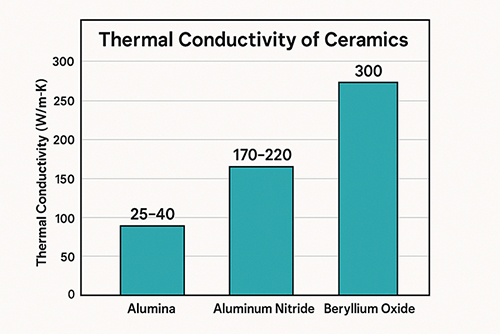Six Alkaline Earth Metals & Their Oxides
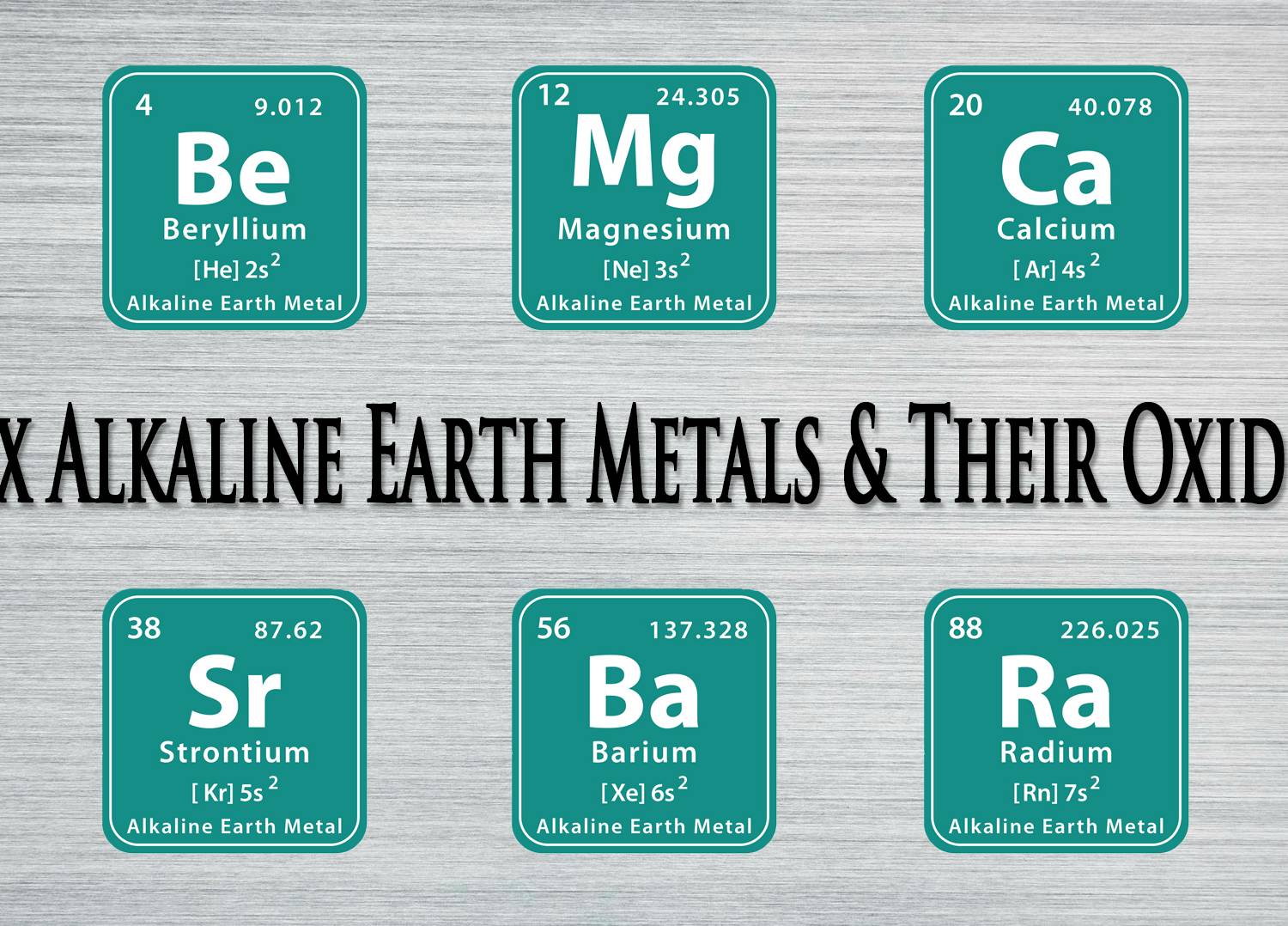
Introduction
There are 6 alkaline earth metals in existence, and they can be found in group 2 on the periodic table. These six alkaline earth metals have characteristics that make them similar. For instance, they all have a shiny and silvery-white appearance. Alkaline earth metals form oxides when they react with oxygen. Before the 19th century, the alkali earth metal oxides were thought to be the elements themselves. This means that at that time a sample of calcium oxide was not recognized as an oxide but rather as calcium itself. This article will introduce these 6 elements and their oxides.
Six Alkaline Earth Metals & Their Oxides
Beryllium (Be) & Beryllium Oxide (BeO)
Beryllium is a relatively rare alkaline earth metal. This element is solid at room temperature. It is also known to be brittle at room temperature. Beryllium is a highly reactive element. On ignition, it reacts with oxygen to form beryllium oxide.
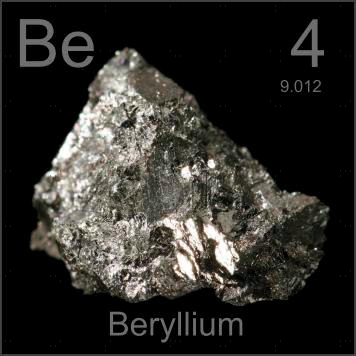
Beryllium oxide is also referred to as beryllia. As mentioned earlier, it is formed by igniting beryllium. However, it can also be formed by dehydrating beryllium hydroxide or roasting beryllium carbonate. Beryllium oxide is white. Among the non-metals, it has the second highest thermal conductivity. In addition, it has a characteristic sweet taste which has earned it the name glucina.
Be(OH)2→ BeO+H2O
Magnesium (Mg) & Magnesium Oxide (MgO)
Magnesium is solid at room temperature with a shiny gray appearance. Interestingly, it is an abundant chemical element. At 923 K and 1363 K respectively, magnesium has the least melting and boiling point of all the alkaline earth metals.
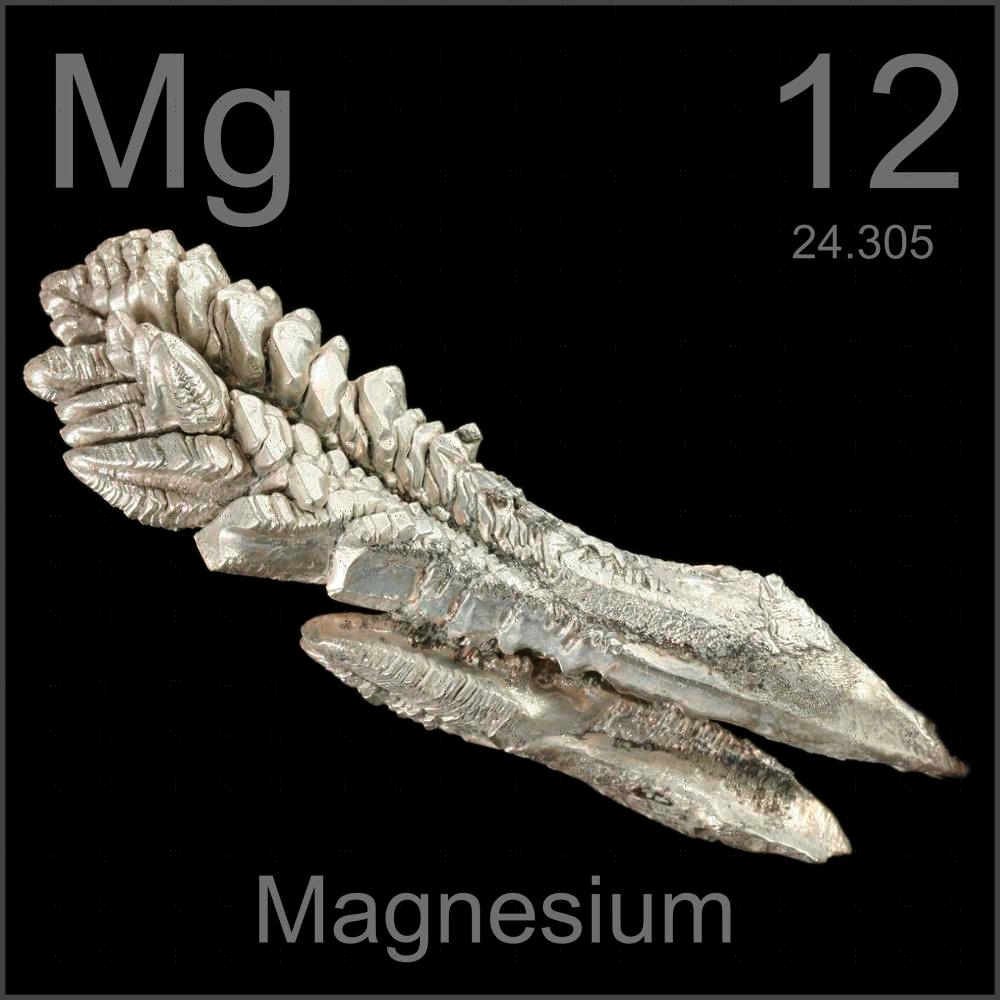
Magnesium oxide, also known as magnesia, is a type of ceramic material. It is white and solid at room temperature like most oxides of alkaline earth metals. Magnesium oxide is usually formed when magnesium reacts with air, and it can also be formed by calcinating magnesium hydroxide or magnesium carbonate.
Calcium (Ca) Calcium Oxide (CaO)
Calcium ranks fifth in the list of the most abundant elements in Earth's crust. It is a highly reactive element with a silvery-white appearance. This element is solid at room temperature. It boils at 1757 K and melts at 1115 K. When calcium reacts with oxygen in the air, it forms calcium oxide.
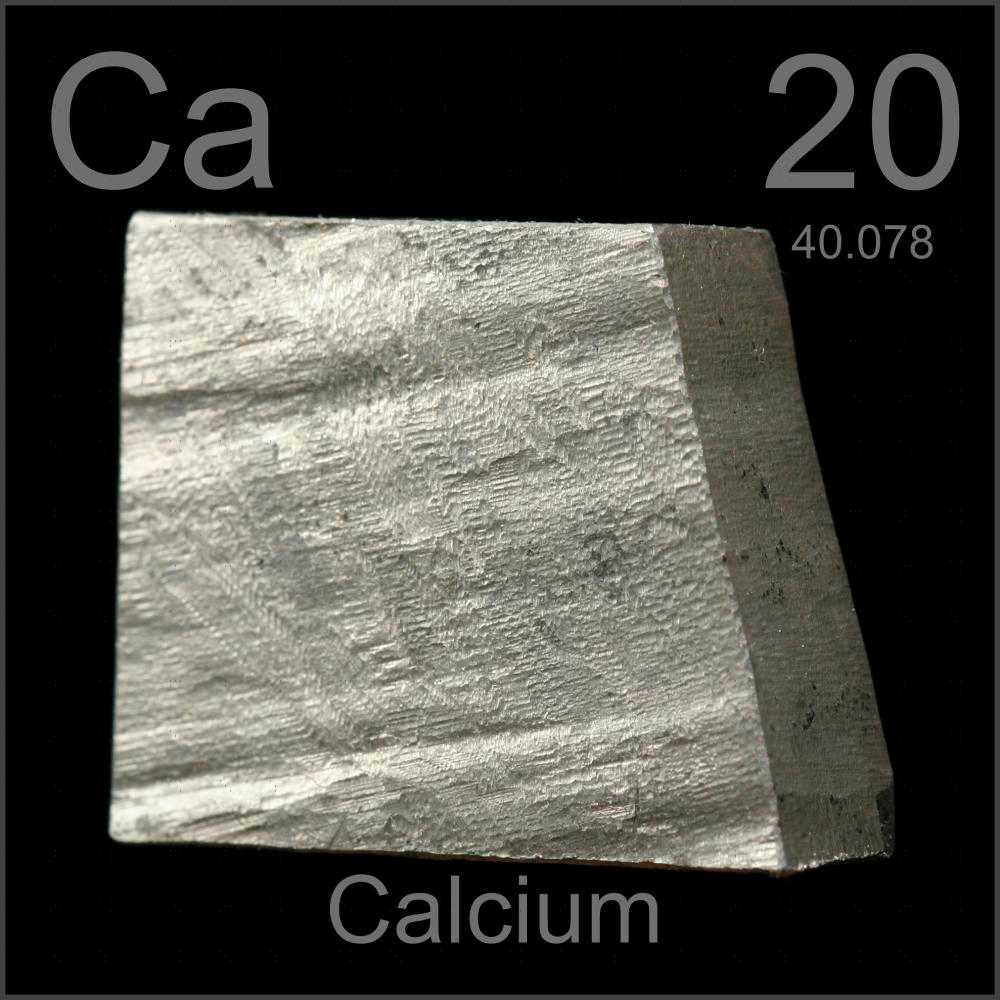
The CaO compound is also known as quicklime. It is a versatile compound and is widely used in various industries. Calcium oxide is formed by calcinating calcium carbonate. This process gives off CO2 as a by-product.
CaCO3 → CaO + CO2
Strontium (Sr) & Strontium Oxide (SrO)
Strontium is one of the heavier alkaline earth metals. It is soft and has a silvery-white yellowish appearance. The density of strontium is about 2.64 g/cm3. This alkaline earth metal is solid at room temperature. Its melting point is 1050 K while its boiling point is 1650 K.
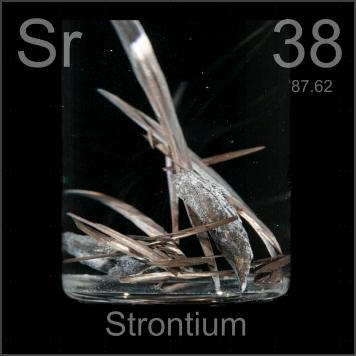
Strontium oxide, otherwise known as strontia, is formed when strontium burns in the air. It is also formed when strontium carbonate decomposes. The density of strontium oxide is about 4.70 g/cm3. In addition, strontium oxide has a melting point of 2804 K and a boiling point of 3470 K.
SrCO3 → SrO + CO2
Barium (Ba) & Barium Oxide (BaO)
This silvery element is the fifth alkaline earth metal. It is a highly reactive chemical element. Due to its high reactivity, barium is hardly found in its pure form naturally. It is usually present in nature as a compound. Barium is an excellent electrical conductor.
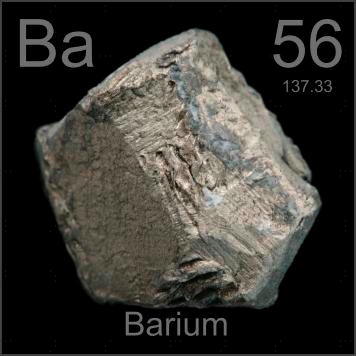
Barium Oxide is usually derived by heating barium carbonate with coke or the thermal decomposition of barium nitride. This compound is hygroscopic and white in appearance. It can cause irritations when it comes in contact with the eyes or skin. In addition, it can lead to complications or even death when ingested. Despite all its harmful side effects, barium oxide has its benefits as a coating.
BaOCO3 → BaOO + CO2
Ba3N2 + 3Na2O → 3BaO + 2Na3N
Radium (Ra) & Radium Oxide (RaO)
Radium is the sixth alkaline earth metal. It is a highly radioactive chemical element. Radium is usually solid at room temperature. It vaporizes at 2010 K and melts at 973 K.
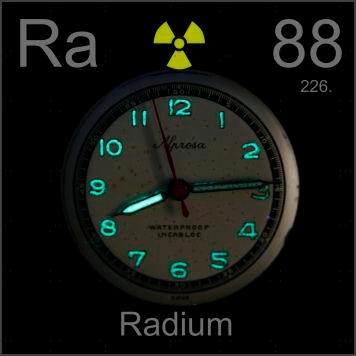
Although oxides are compounds common to other alkaline earth metals, radium oxide (RaO) has not been characterized long after it existed.
Application of Alkaline Earth Metals and Their Oxides
Medicine and Dentistry
Alkaline earth metals are commonly used in healthcare. Beryllium is often used as a component of dental implants. Radium and strontium are used for radioactive therapy in the treatment of cancer. Also, magnesium oxide is sometimes used in making antacids and laxatives.
Aerospace
Alkaline earth metals such as magnesium and beryllium are commonly used in aerospace constructions. They are used in making components of aerospace due to their lightweight.
Alloys
Magnesium, beryllium, calcium, and barium are often added to aluminum to form alloys with desirable qualities. They are also used in making steel alloys and bearing alloys.
Electronics
Alkaline earth metals and their oxides are commonly used in making electronics. Magnesium oxide is used as an insulator in several electronics. Beryllium oxide, on the other hand, is used as a semiconductor component in radio equipment.
Food Additive
Calcium oxide and magnesium oxide are commonly used as food additives. Magnesium oxide is often used as an anticaking agent while making powdered cocoa. Calcium oxide is used as a leavener. It is also used to regulate the acidity of food.
Automobiles
Magnesium is used in the bodywork of some automobiles. In addition, magnesium and beryllium are also used in making automobile engines while calcium is sometimes used to make batteries.
Refractory Materials
Magnesium oxide is usually chemically and physically stable at high temperatures. This makes it suitable as a refractory material. Further Reading:Is Magnesium Oxide (MgO) a Refractory Material?
Building Construction
Calcium oxide is an important component of cement and concrete. These materials are used in constructing integral parts of buildings.
Conclusion
Alkaline earth metals and their oxides mostly show similar properties, which is due to the relatively similar chemical structures of the metals. However, they also have distinct properties that make them suitable for various industries. They are used extensively in the aerospace manufacturing industry, building and construction sites, automobile industry, and medical science field among several other sectors. For more information about advanced materials, please visit https://www.preciseceramic.com/.
{{item.content}}
LEVE A REPLY
{{item.children[0].content}}
{{item.content}}
LEAVE A REPLY
SUBSCRIBE OUR NEWSLETTER
- Boron Nitride in Cosmetics: Enhancing Performance and Sensory Appeal
- Maximize MOCVD Yield and Purity with Hexagonal Boron Nitride Setters
- What Are the Advantages and Uses of Boron Nitride Ceramic Sheet?
- The Compression Annealing Advantage for Pyrolytic Boron Nitride
- Beyond Insulation: The Surprising Spectrum of Ceramic Thermal Conductivity









